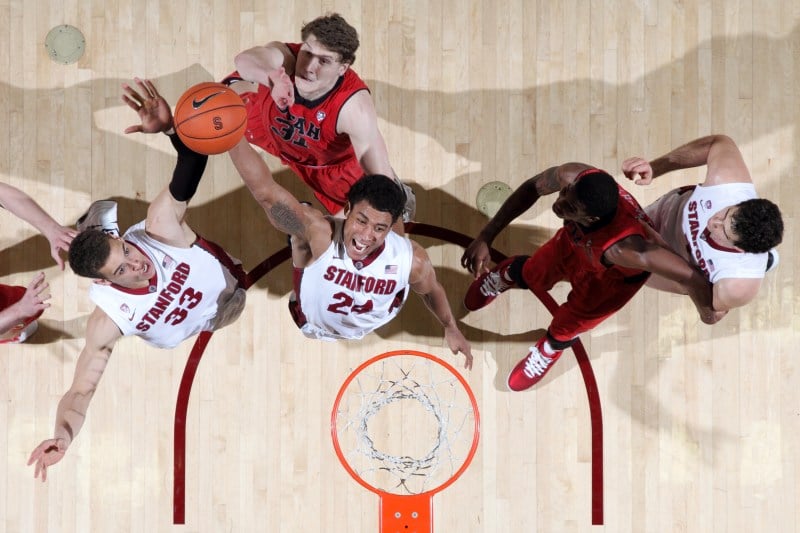In his home state of Montana, former Stanford men’s basketball player Josh Huestis is regarded as a sort of legend.
Like so many other students in the state, sports — specifically basketball — caught Huestis’s attention at an early age. He began his high school career at C.M. Russell High School in Great Falls — a Montana city of 58,000 located near the center of the state. He wasted no time in establishing himself as a force to be reckoned with on the basketball court and varsity lettered in the sport as a freshman, playing small forward and power forward. The feat was especially impressive, given his high school competes in what was arguably Montana’s most competitive division, featuring only the handful of high schools across the state with greater than 1,000 students.
By his junior year, there was little doubt of Huestis’s talent and potential: He earned First-Team All-Conference and Second-Team East All-State honors before charging ahead to average 15.0 points, 10.0 rebounds and 4.5 blocks per game.
Huestis graduated from C.M. Russell in 2010, having led the Rustlers to two Class AA State Championships in 2009 and 2010. In those years he also made his mark individually, winning back-to-back Montana Gatorade Player of the Year honors — the first Montana player in the award’s history to claim the statewide award twice.
Though Huestis had captured the attention of multiple Division I programs by the end of his time in Great Falls — Harvard, Georgetown and Gonzaga, to name a few — the combination of Stanford’s high-level academics and athletics caught his eye. Trading farmland for the Farm, he joined Stanford men’s basketball in the fall of 2010, under the direction of then-head coach Johnny Dawkins, as a 6-foot-7 forward.
As is the case for many college freshmen, the transition to collegiate competition on the court was difficult.
“Once you get to Division I basketball, it completely changes,” Huestis said. “You’re not the fastest anymore, not the most athletic anymore, not the most talented anymore.”
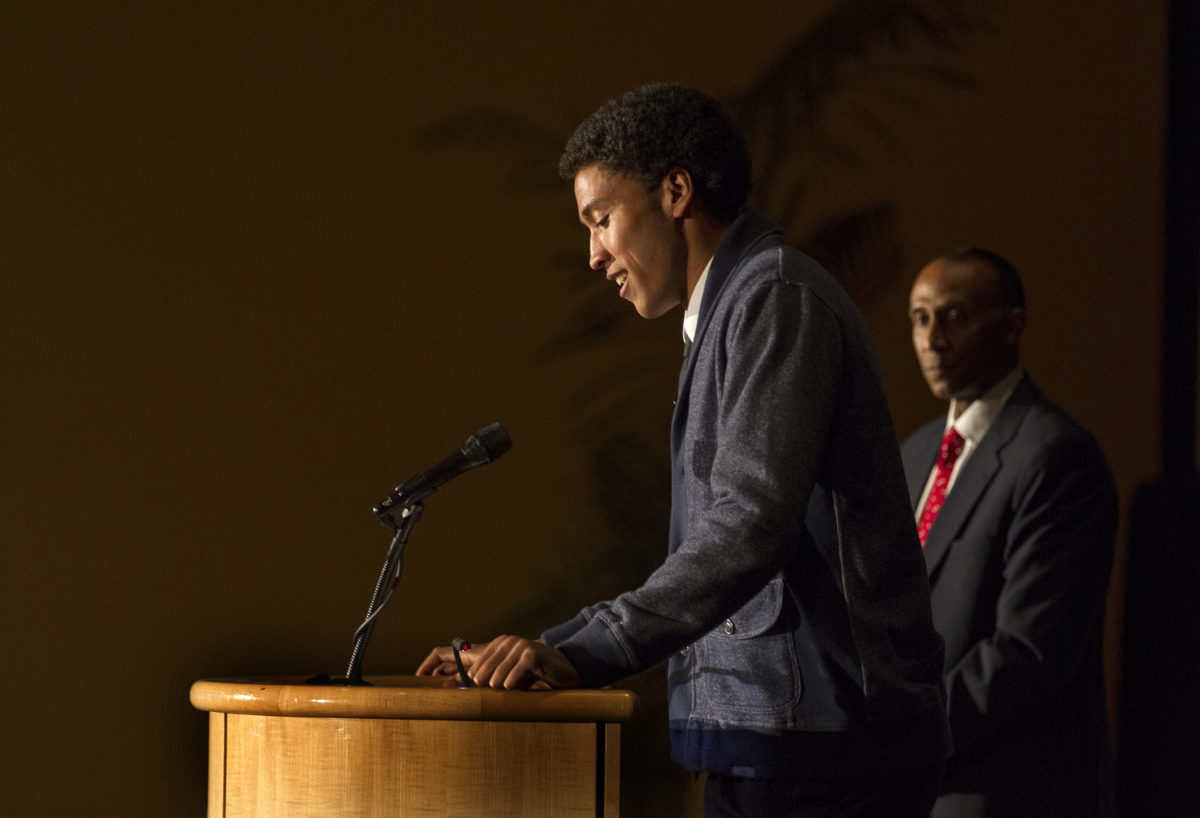
“I really had to ramp up what I worked on, how hard I worked, and adjust to the speed that the game is played at.”
But looking at a Stanford men’s basketball stats sheet from 2012, 2013 or 2014, it would appear that adjusting came naturally to Huestis. As a sophomore, he earned Pac-12 Defensive Team Honorable Mention, appeared in 37 games (starting five) and led the Cardinal squad in rebounds on 12 occasions. His junior season — during which Huestis notched nine double-doubles — earned him Pac-12 Defensive Team honors, largely thanks to his team-high 71 blocks, which was good enough for fourth-best single-season mark in school history and the second-best in the conference for the season.
Huestis’s senior season at Stanford (2013-14) emulated the same sort of dominance as his final year at C.M. Russell; 69 blocks brought his career total to 190 — over 80 more than Stanford’s current standout senior forward Oscar da Silva has acquired in his four years. Huestis again earned Pac-12 Defensive Team honors and demonstrated his talent on the other side of the ball with 11.2 points per game on 45.1% shooting from the field.
From the Farm, Huestis paved his way to the NBA and was selected by the Oklahoma City Thunder as the 29th overall pick in the 2014 NBA Draft. In Oklahoma City he split his time between the organization’s G-League team and the Thunder before being released by the team in 2018.
Later that year, Huestis prepared to join the San Antonio Spurs, but a broken foot instead prompted him to sign with the organization’s G-League team. There, he played in 27 games upon recovery, but was released at the end of the season. In 2019 he took his career overseas and joined the ranks of Bayern Munich in Germany for the 2019-20 season.
With the COVID-19 pandemic wrecking the normalcy of the sports world, Huestis parted ways with Bayern Munich, and now is waiting for a new opportunity.
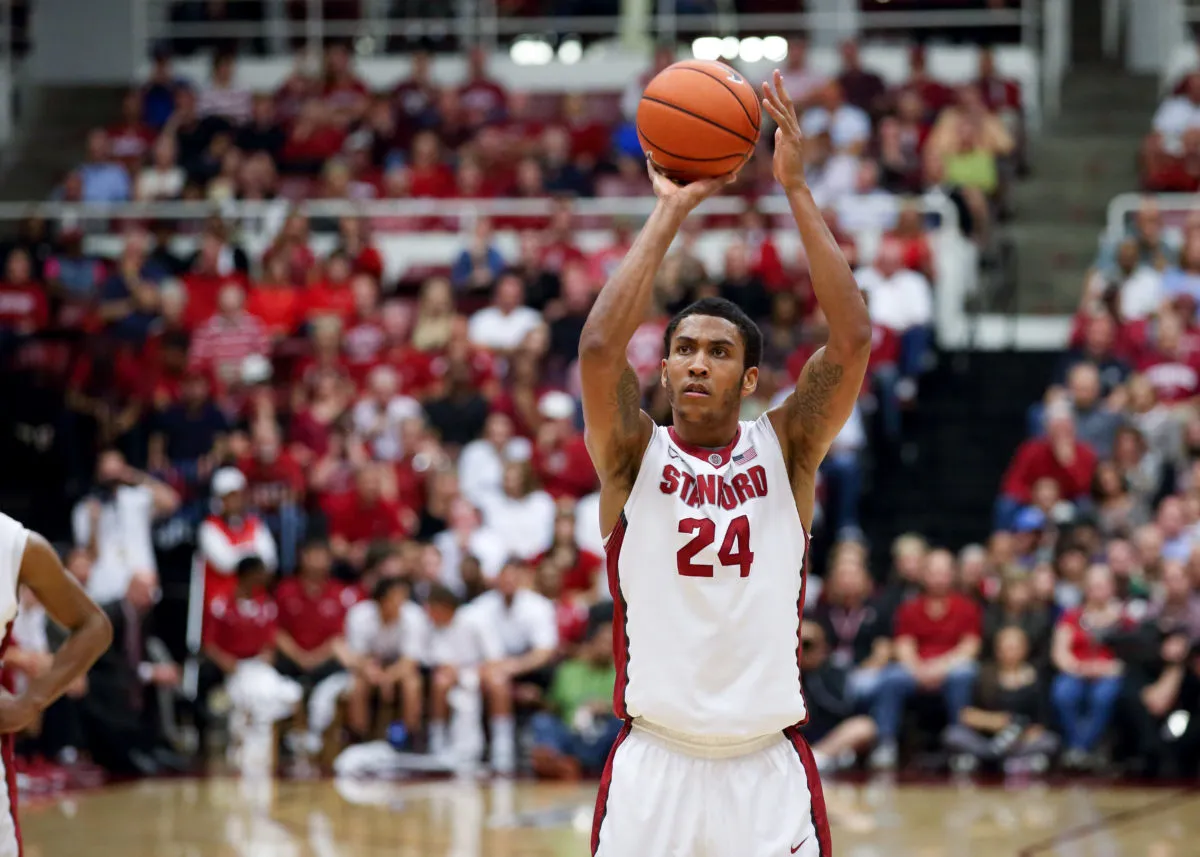
Hints of inequality
Although Huestis himself is often far from home in Montana, his name still sends many Great Falls sports fans reminiscing about C.M. Russell’s success over a decade ago. A quick Google search of Huestis’s name will summon a wide range of newspaper and sports media features from every corner of the state about the star: “Proud Montanan: Josh Huestis on basketball, George Floyd and growing up Black in Montana,” “Josh Huestis reflects on career, future,” “Josh Huestis retains optimistic outlook.”
The list goes on and on. Each article, some of them written as recently as the beginning of this month, celebrates the man that found success along a sports journey started by so many athletes in the state but finished by so few.
Huestis has certainly earned his fair share of praise and recognition, but why is his journey unique? And why did he succeed where many others fell short?
Huestis’s unconventional journey from Great Falls to the NCAA and pros sheds light on a number of inequities within college athletics — in particular, the recruiting process in rural areas.
A difficult concept to define, “rural” generally refers to census-designated places with populations under 2,500. By this metric, 31 of Montana’s 56 counties are entirely rural, and an additional nine are more than 50% rural, encompassing almost 450,000 people in total. Second only to Wyoming, Montana has one of the nation’s lowest urbanization indices. Great Falls, where Huestis attended high school, is one of just three truly urbanized areas in the state.
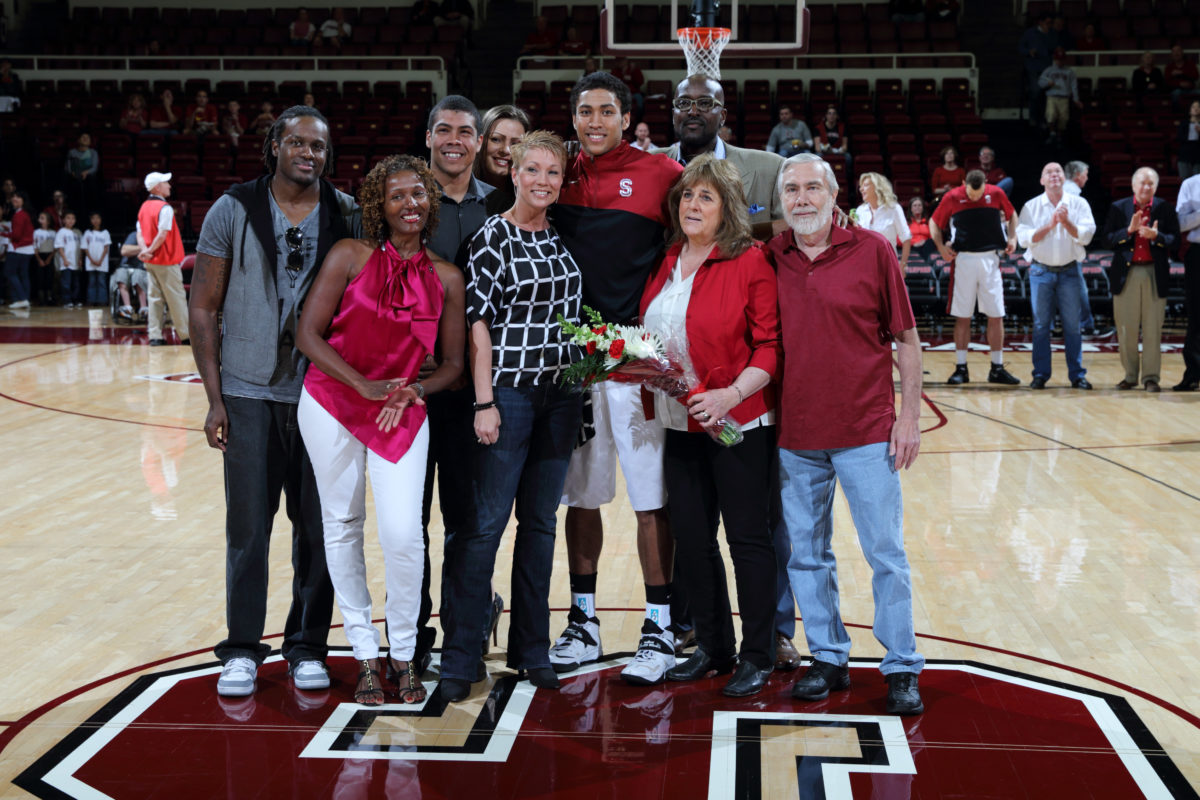
By the same definition, the current Stanford men’s basketball roster of 16 athletes features just one player, junior forward Jaiden Delaire, considered to hail from a rural area. Delaire’s hometown of North Granby, Connecticut, has under 1,700 residents — but as essentially a suburb of much-larger Granby, it remains a far cry from the rurality of places like Montana.
AAU: Huestis’s ticket to Palo Alto
Even a decade later, Huestis still fondly remembers his recruiting process.
As he gained attention as a teenager, Huestis recalls, “Coaches started calling and wanting to come up to Montana. It was kind of funny just seeing these coaches from all over the country land in the Great Falls Airport, you know, drive down the dirt road to my house … and come eat at my house.”
“It was just this surreal experience, because growing up in Montana is [typically] very low-key stuff. And to have these big name people come was awesome.”
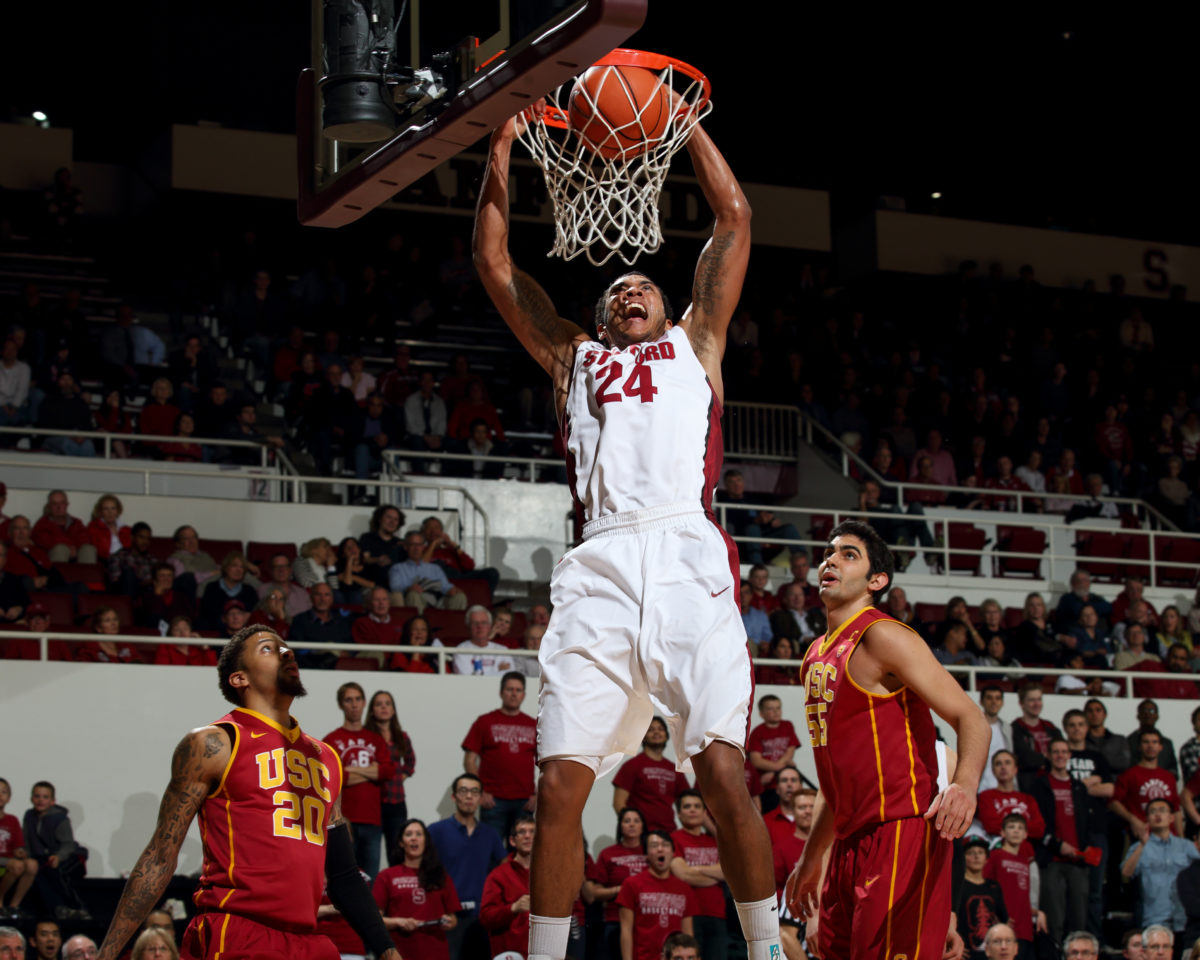
Looking back, however, he also recognizes that many of the opportunities and attention he was afforded were inaccessible to many of his teammates and high school opponents.
“[Montana] is such an overlooked place in terms of athletes,” Huestis said. “Basketball doesn’t get much attention [from recruiters].”
Despite dominating on the court for C.M. Russell in Montana’s Class AA basketball division, Huestis noted that much of the attention he received from colleges — particularly out-of-state colleges — was sparked by his performance in Amateur Athletic Union (AAU) tournaments around the country, not necessarily his high school games. Many working-class families cannot afford these tournaments’ coaching and travel expenses.
Yet many Division I basketball programs, including Stanford, consider AAU competitions and similar environments to be critical parts of the recruiting process.
“AAU tournaments are extremely valuable for us to evaluate potential prospects,” said Stanford men’s basketball associate head coach Adam Cohen. “Elite camps are as well, but AAU tournaments usually have higher level of talent in general, so we are able to watch the best prospects play against each other.”
With his AAU team, Huestis traveled to cities like Las Vegas and Los Angeles to play in environments that attracted better competition than Montana’s; these venues garnered attention from coaches nationwide. Huestis was able to play on a much larger stage than C.M. Russell’s, allowing him to compete in front of coaches he had been in awe of his entire life, like Duke’s legendary “Coach K” and North Carolina’s Roy Williams.
While competing outside of Montana in well-known AAU spheres was crucial to his success, Huestis admits that doing so was not a cheap investment. USAToday calculates the cost of regularly playing and traveling on an AAU basketball team between several hundred and a few thousand dollars per year. Sponsorship by companies like Nike or Adidas can help stabilize the price to about $500, but sponsored teams are rarer and more competitive. Without sponsorship, families can expect to dish out up to $5,000 dollars for food, travel and lodging yearly — not including the hundreds more needed for good-quality shoes and other equipment.
Universities’ elite camps, designed to familiarize talented athletes with a program and aid in exposing recruits to collegiate coaches, can cost an additional several hundred dollars or more each year.
“The road less traveled” — or just less accessible?
The median household income in Montana in 2019 was just under $55,000, below the national median of around $63,000. Consequently, $5,000 AAU expenses accounts for nearly 10% of a family’s household income. Considering that Montana’s cost of living is conversely above the nation’s average, such an expense is infeasible for many.
“Montana has a lot of really rural areas with people with lower incomes, lower socioeconomic means,” Huestis noted. “[Montanans] are not able to send their kids to expensive camps out of state. They’re not able to pay for the fees for the kid to play on an AAU team.”
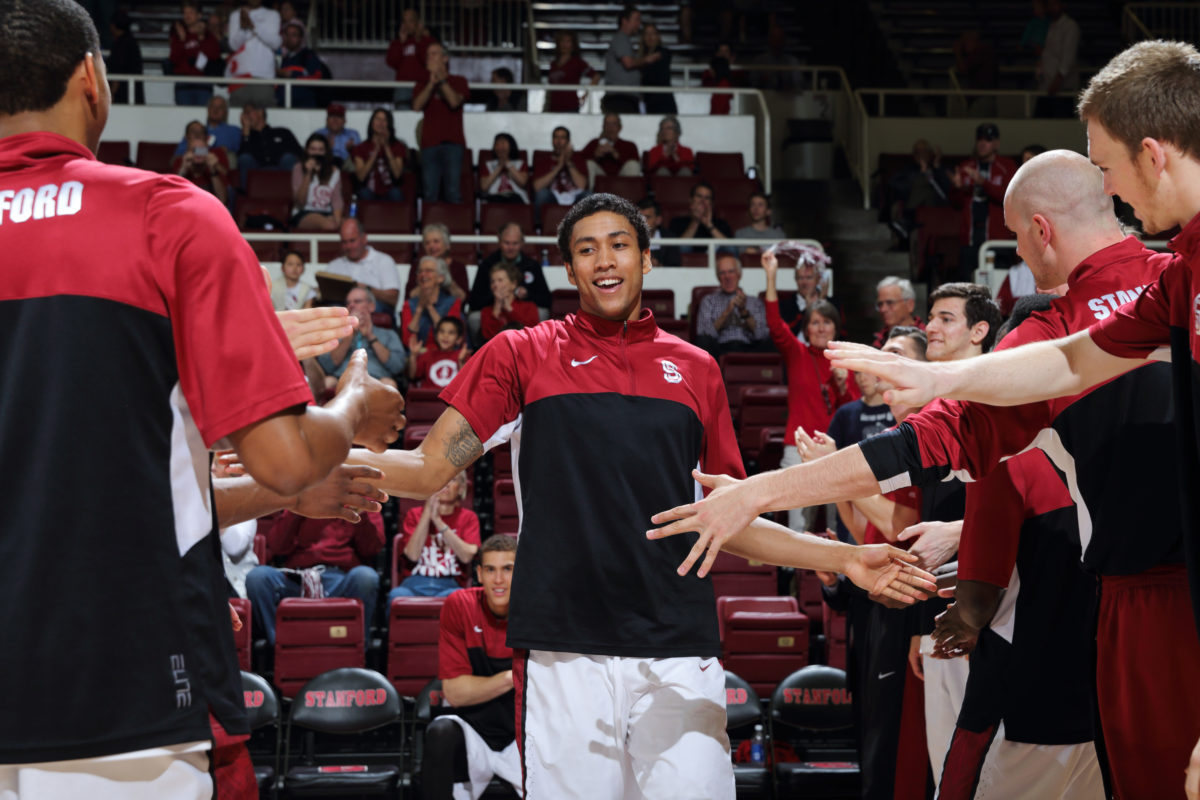
For those living in especially rural areas, such as the approximately 100 high schools in the state with fewer than 100 students, the relative size of the burden grows. There, median household income falls below $45,000 a year. In Crow Agency, Montana — a town of nearly 2,000 residents on the Crow Reservation — the median household income falls to just over $35,000 annually.
Further, Montana’s rurality makes travel not only expensive but also time-consuming. Glasgow, Montana, for example, is a 275-mile drive — approximately four-and-a-half hours one way — from the nearest international airport in Billings. A tiny regional airport near Glasgow can cut the travel time by three hours, but it offers just two flights per day — both of which depart before 1 p.m. Mountain Time and only seat ten people.
Nonetheless, Montana is not the only state in which athletes face such barriers, and the numbers show it. While just 0.3% of Montana’s high school boys basketball players were recruited by Division I schools between 2014-17, 0.2% of boys basketball players from North Dakota and South Dakota and 0.5% of those in Wyoming found the same success. In comparison, 1.4% of high school boys basketball players in California, 3.4% of those in North Carolina and a staggering 5.2% in Maryland found themselves recruited by Division I programs.
The rural areas’ low numbers are not representative of an absence of talent within the states, however. Though Huestis was fortunate and grateful to have the means necessary to enter the AAU environment, he can remember numerous players from his time in Montana who undoubtedly had the skills but lacked crucial finances or connections to pursue high-level basketball away from home.
“Some of the most talented players I ever saw in Montana were Native players, and they just didn’t have the means to be able to get themselves out there,” Huestis said.
Unfortunately, for athletes and Division I basketball programs alike, the consistent overlook of rural areas and the related inequities it creates within the recruiting process are guarantors of missed opportunity.
“There are a lot of hidden gems in Montana,” Huestis said.
The same can be said of numerous other regions around the country. Who knows what collegiate athletics would look like if more of these “gems” had the resources and attention they needed to shine.
Contact Savanna Stewart at savnstew ‘at’ stanford.edu.
